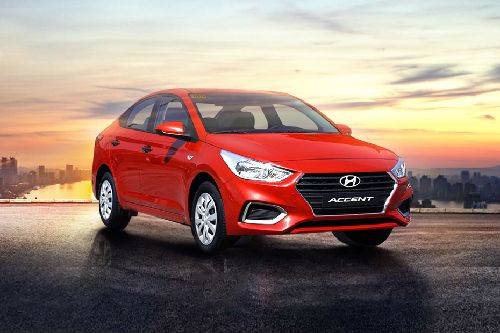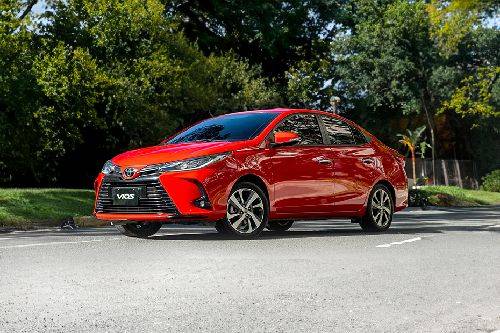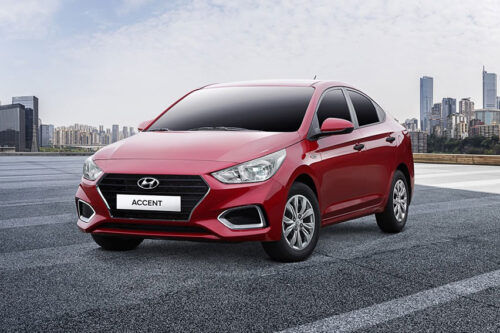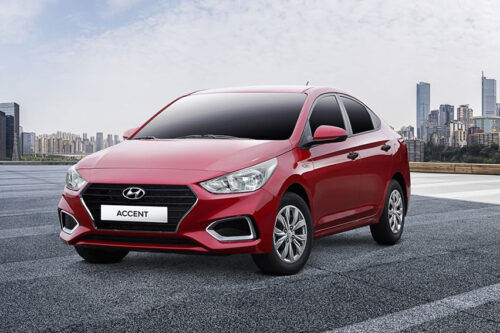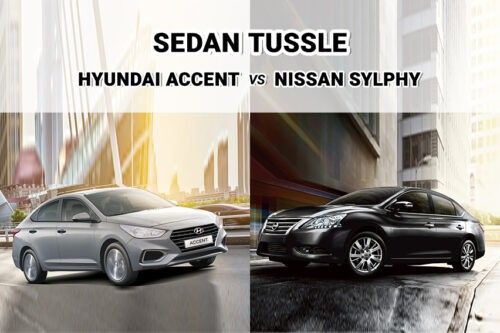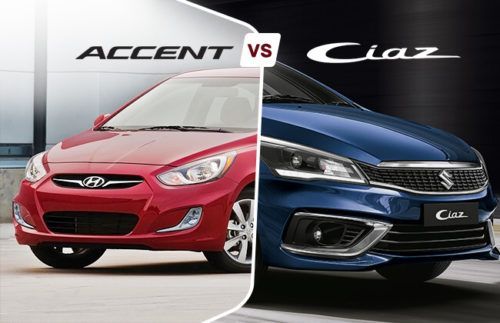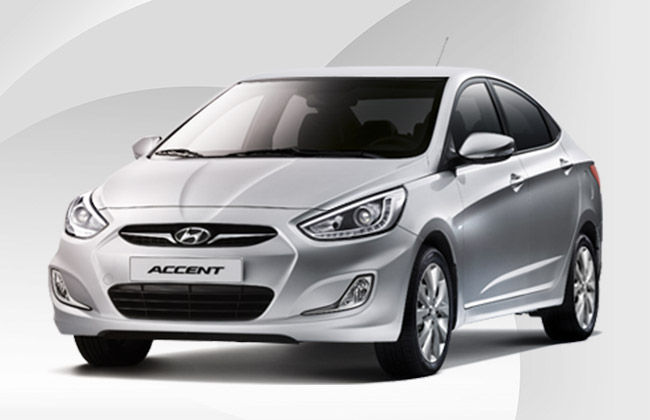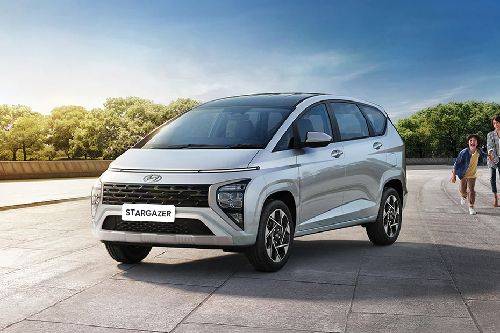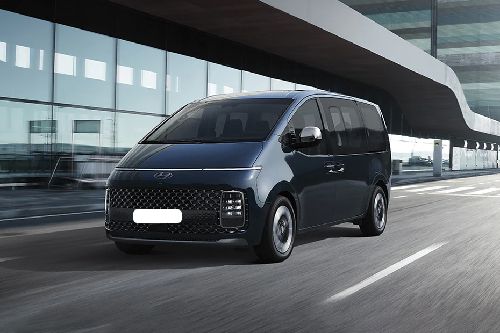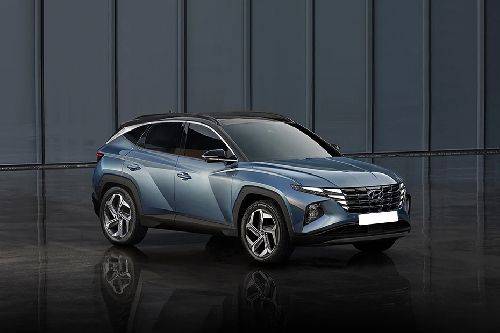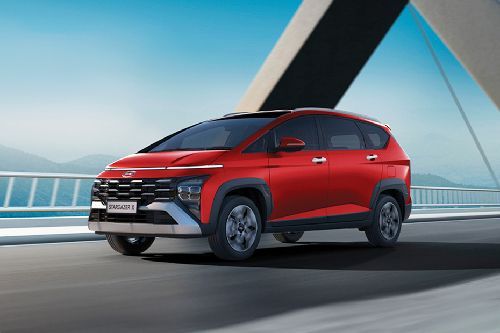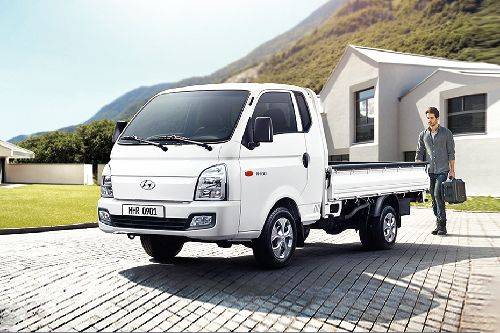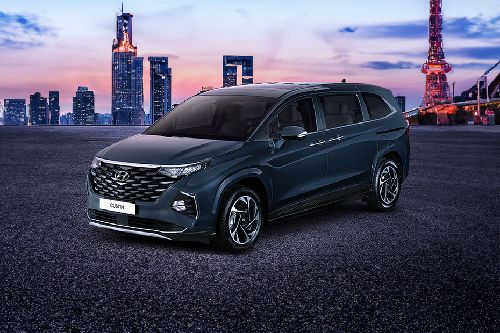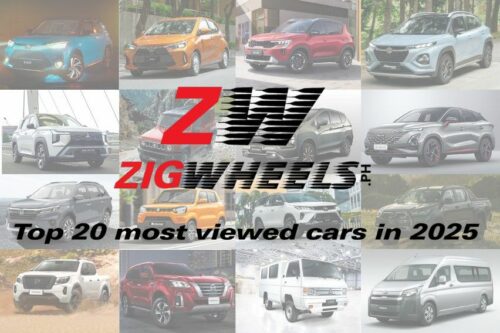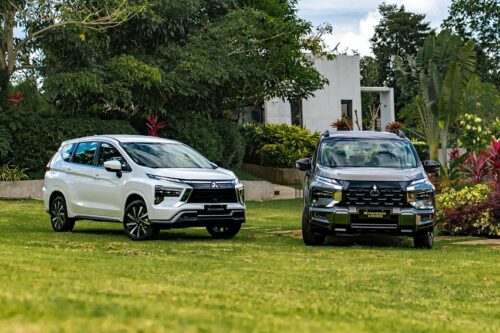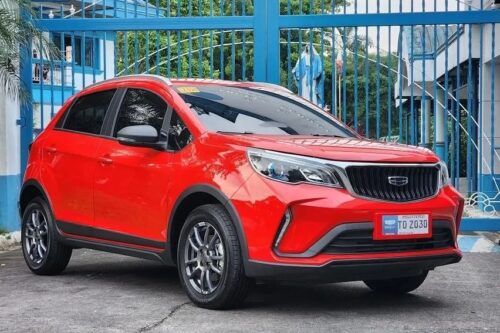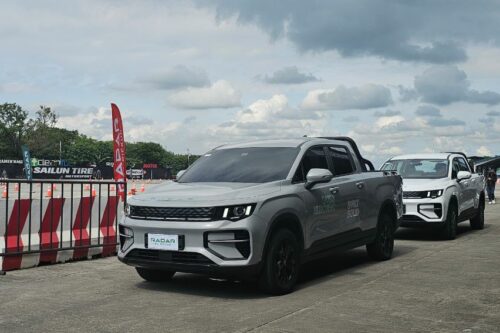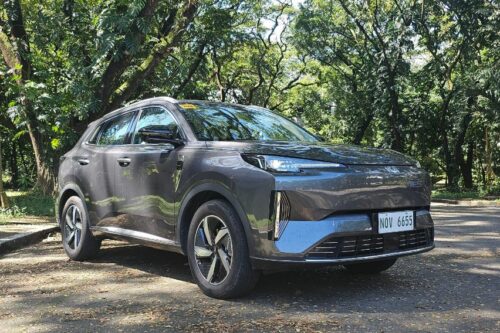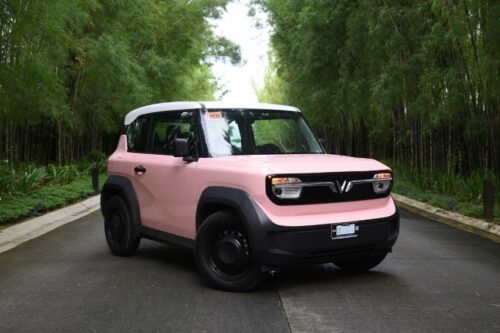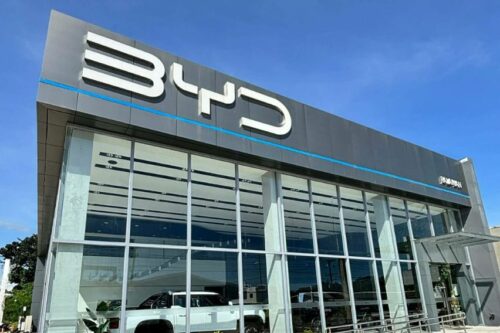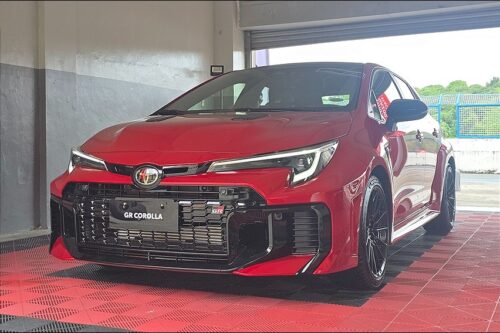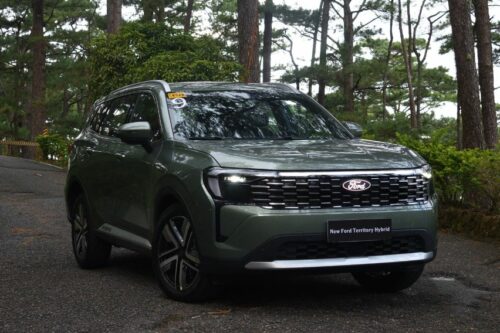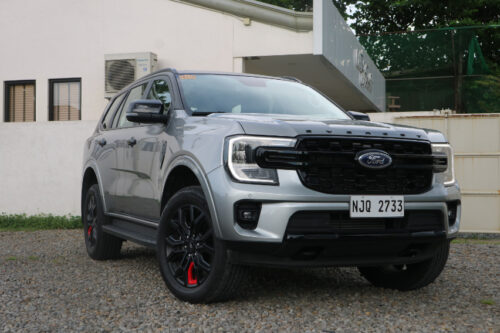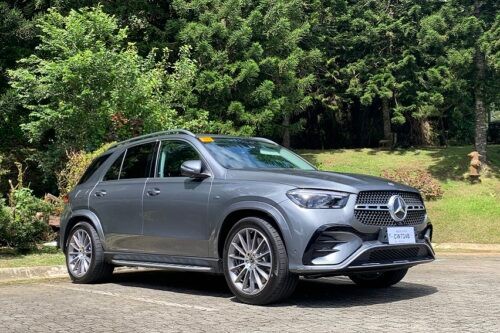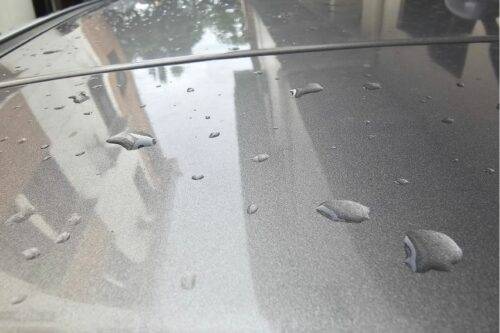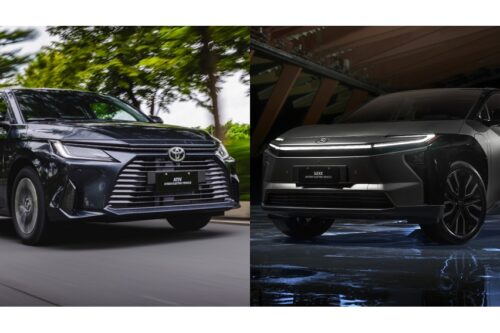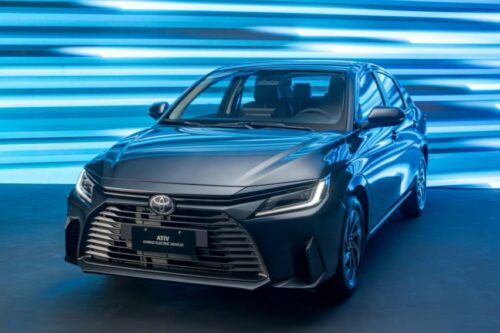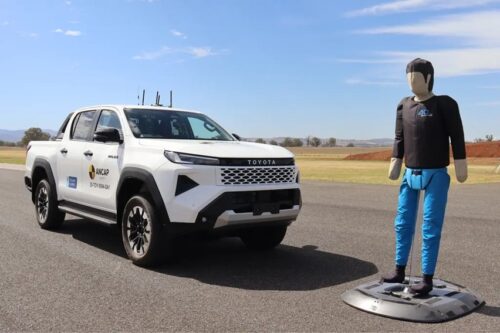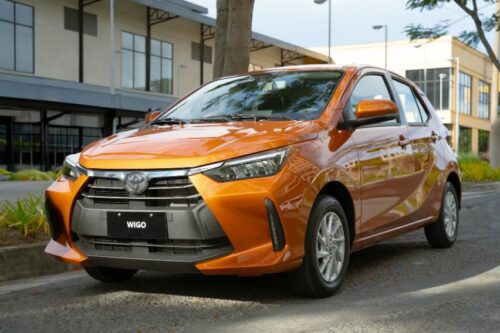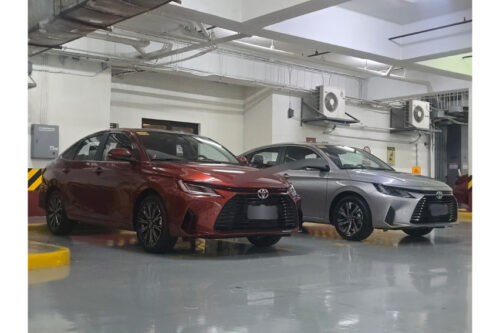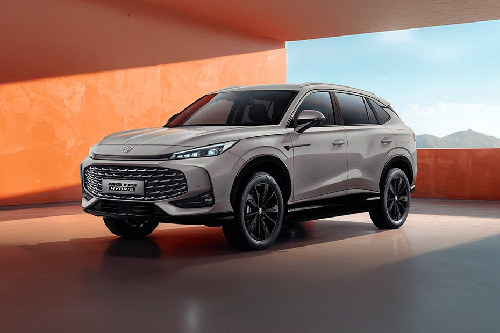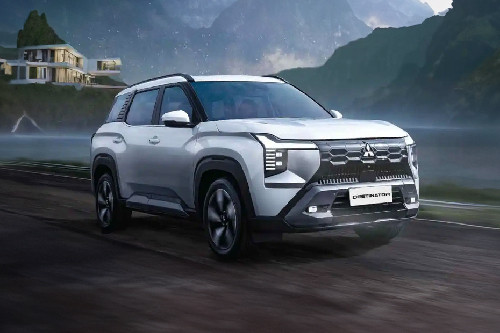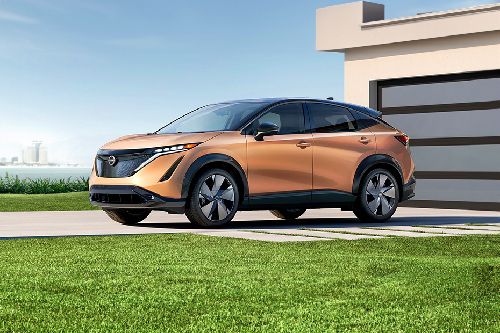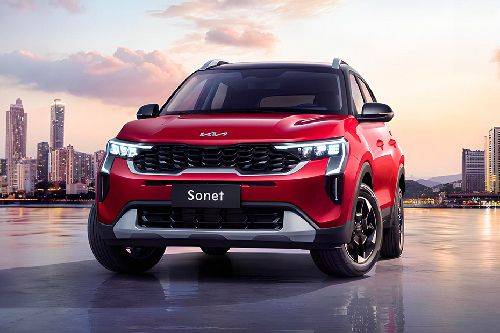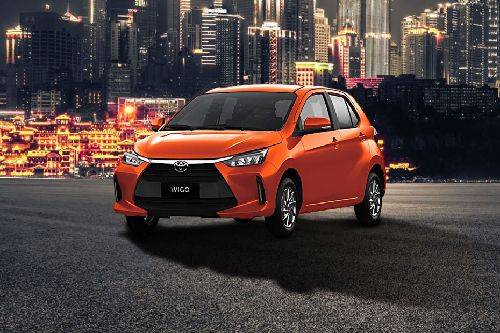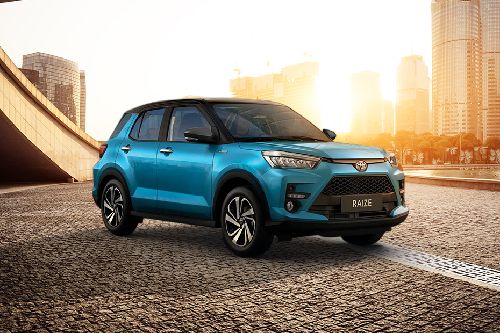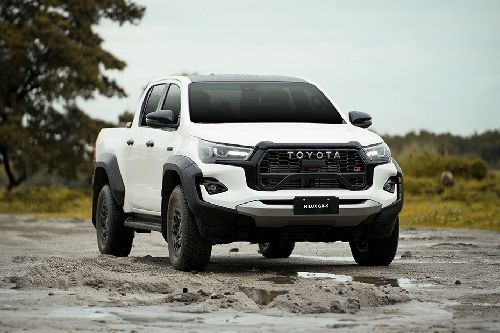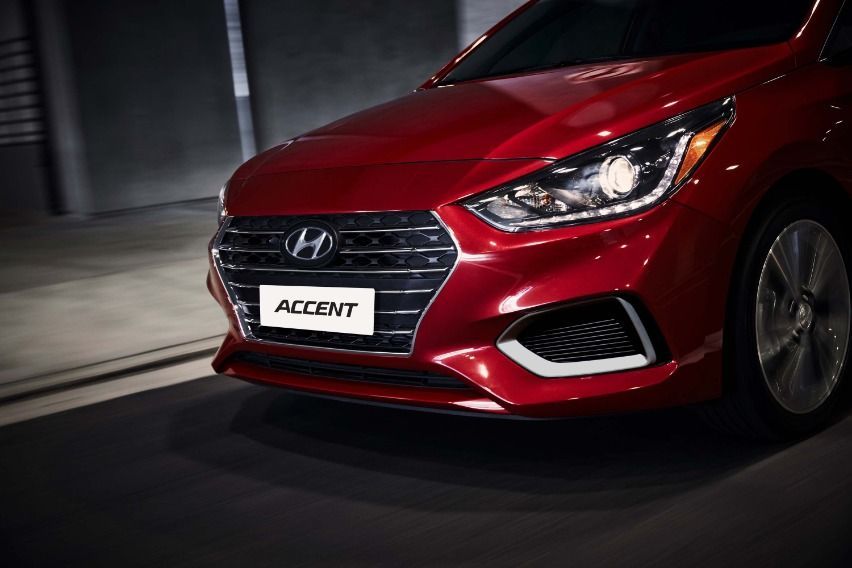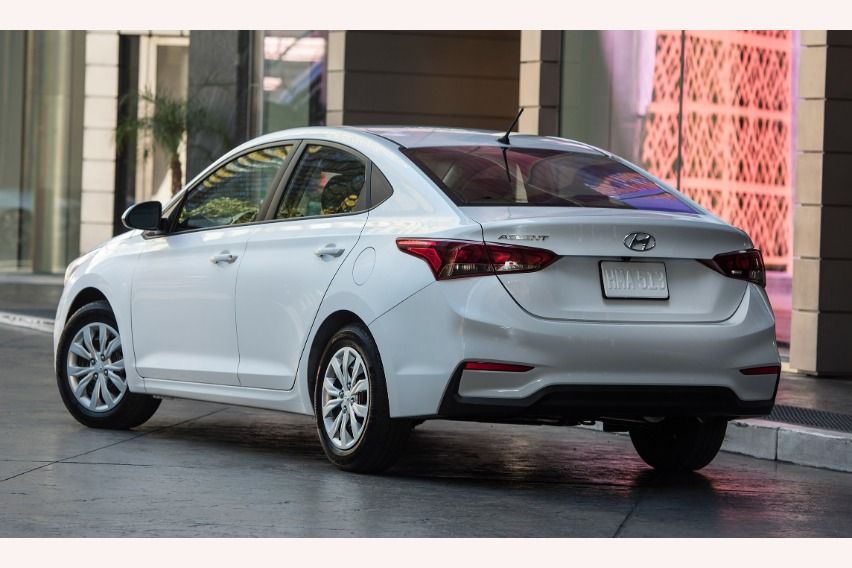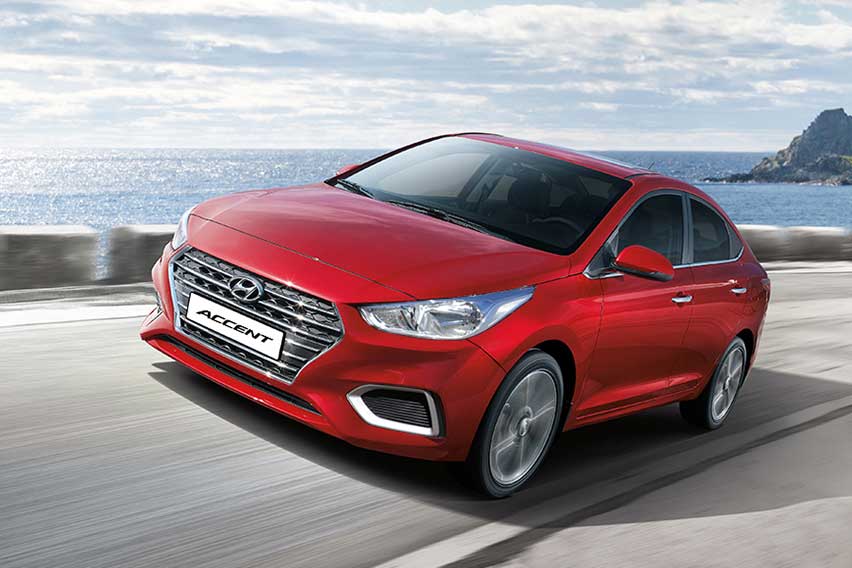Hyundai Accent vs Toyota Vios - Two sedans vying for space
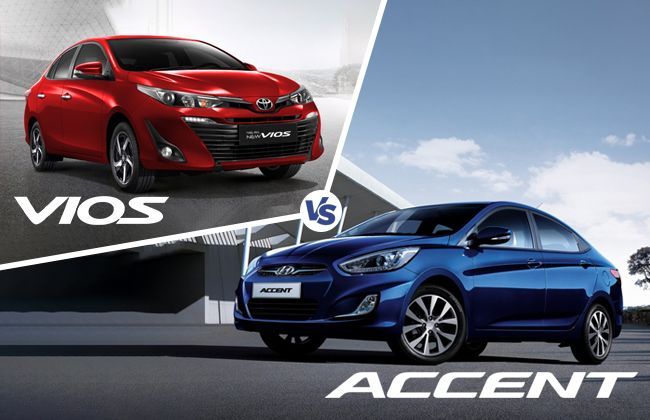
Hyundai, as a manufacturer has come a long way. It is no longer into design copying or building sub-standard engines. In fact, it is a manufacturer of repute even in Europe and North America, the hardest to please regions in the auto space. On the other hand, Toyota has always been synonymous with the word reliability. Its cars may be boring to look at perhaps but they have all been well-received thanks to the badge. This goodwill is what acquits the new Toyota Vios. The 2018 Vios has been accepted well and now you see many of them on the roads. You also end up seeing the Hyundai Accent quite a lot on our roads.
So, when these two forces collide for dominance in the most competitive market of them all - Philippines, what is going to happen? Which one should you as a buyer choose? Read on.
Design flair
Toyota cars aren’t known for their style as much as substance. The Toyota Vios, to us isn't any different. It looks bland and inoffensive. The slight facelift it got a few months ago makes the design a bit more palatable. There are those tight lines, LED DRLs, projector headlights, 15-inch alloys, and a rear reminiscent of the bigger Corolla that make the 2018 Vios a safe choice.
The Hyundai Accent was a looker once upon a time. Unfortunately, Hyundai seems to be resting on its laurels as the vehicle has barely received any updates since 2011. We so wish the 2018 Hyundai Accent was already here. The current-gen Hyundai Accent gets a wide grille flanked by headlights with LED DRLs. Sadly, the Accent also doesn’t get alloys on top trims and makes do with wheel covers. The wheels are also 14-inchers. The rear seems cohesive but then its a dated design. If you’ve seen the latest Accent, then you will pitty Hyundai PH lineup. The Hyundai though is the longer car here by a small margin. Its dimensions are 4,370 x 1,700 x 1,457 mm. In contrast, the Vios’ length, width and height are 4,425 x 1,730 x 1,475 mm.
Interior charisma
At one point of time, the buying public used to be fascinated with the Accent’s interior. However, like the outside, even this one seems dated now. The 3-spoke steering wheel doesn’t have any steering controls on it while even the single DIN music system is hardly anything to speak about. The front seats are comfortable and the passengers will be in decent comfort at the back as well. Hyundai offers a manual AC with the Accent. The wheelbase is 2,570 mm while boot space is 392 litres.
If you look at the Toyota Vios interior then it is far more modern. The upholstery is done in black but everything seems nicer here. The touchscreen infotainment system, for example, has good graphics and smartphone connectivity. Toyota offers a multi-spoke steering wheel with cruise control and other functions on it. The seats too are comfortable. In fact, the rear units are better than that of the Accent. There is also a rear AC on offer. The boot space of 490 litres is more than that of the Accent while wheelbase at 2,550 mm is slightly less.
Safety at the core
That’s the slogan followed by Toyota. It offers not one or two airbags but six of them. There is also ABS with EBD, Vehicle Stability Control and Hill Start Assist. Toyota also offers the novel DVD recorder that will record the journey. If you look at the Hyundai Accent safety features, then only the top trim offers dual airbags and ABS with EBD. There is also the Hill Start Assist on offer.
Under the hood
A quick look at the specifications of Toyota Vios tells you that there are two engines on offer and both are petrol. The smaller 1.3-litre motor produces 98 PS of power and 123 Nm of torque. It can be optioned with a 5-speed manual or a CVT. If you require more power, then Toyota will happily offer you the 106 PS/140 Nm 1.5-litre motor. You can option this with a manual or CVT gearbox.
The Hyundai Accent specifications list will tell you that there are two engines on offer. The 1.6-litre turbodiesel makes 136 PS of power. Torque varies depending on the manual or automatic gearbox selected. If you choose the 7-speed DCT, then the torque rating is a higher 310 Nm. If you opt for the 6-speed manual, then the torque rating falls to 270 Nm. The petrol engine is a 1.4-litre NA unit. It makes 100 PS of power and 140 Nm. It can be optioned with either a 6-speed MT or a CVT.
Underpinnings
Both the cars are built on a monocoque chassis as is the norm for sedans. Hyundai uses a motor-driven power steering whereas Toyota offers an electric steering. As far as suspension components are concerned, Hyundai makes use of MacPherson struts with coil spring in the front and a coupled torsion beam axle at the back. Toyota in the meanwhile uses a MacPherson strut in the front and coiled springs at the back. Both the vehicles have been tuned for ride quality instead of outright handling.
Final words
The 2018 Toyota Vios price starts from Php 659,000 and goes up to Php 1,095,000. If you take the Hyundai Accent price, then it starts from a higher Php 695,000 but the top-spec trim is only for Php 930,000. It is clear here that the Accent is an old car and is outclassed in nearly all the departments by the Vios. If Hyundai had the new Accent for this competition, then it will have been a different ball game altogether.
Sell your car at the best price
 Verified and genuine buyers
Verified and genuine buyers
Hyundai Accent vs Toyota Vios Comparison
Hyundai Accent Related Stories
- News
- Featured Stories
- Expert Review
Hyundai Car Models
Trending & Fresh Updates
- Latest
- Popular
You might also be interested in
- News
- Featured Stories
Hyundai Featured Cars
- Latest
- Upcoming
- Popular
Latest Hyundai Accent Car Videos on Zigwheels

Hyundai Accent Car Articles From Carmudi
- journal
Compare
You can add 3 variants maximum*- Brand
- Model
- Variant



